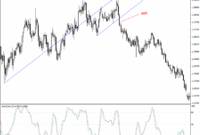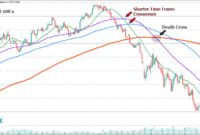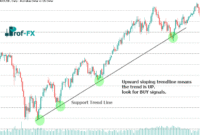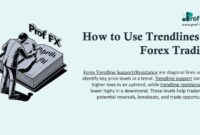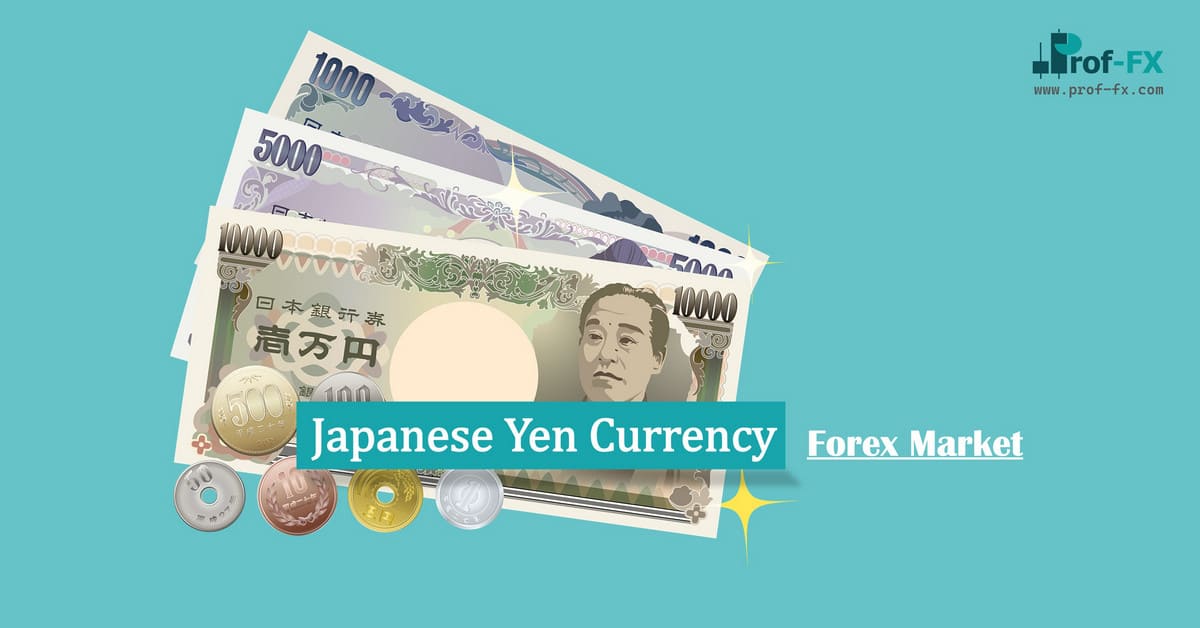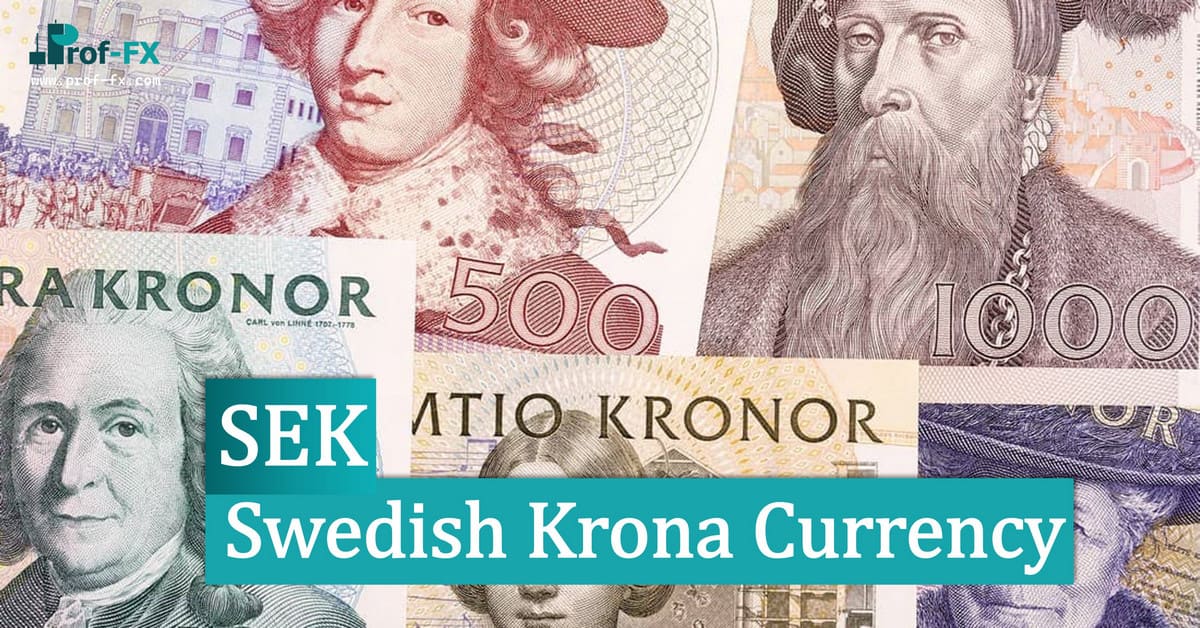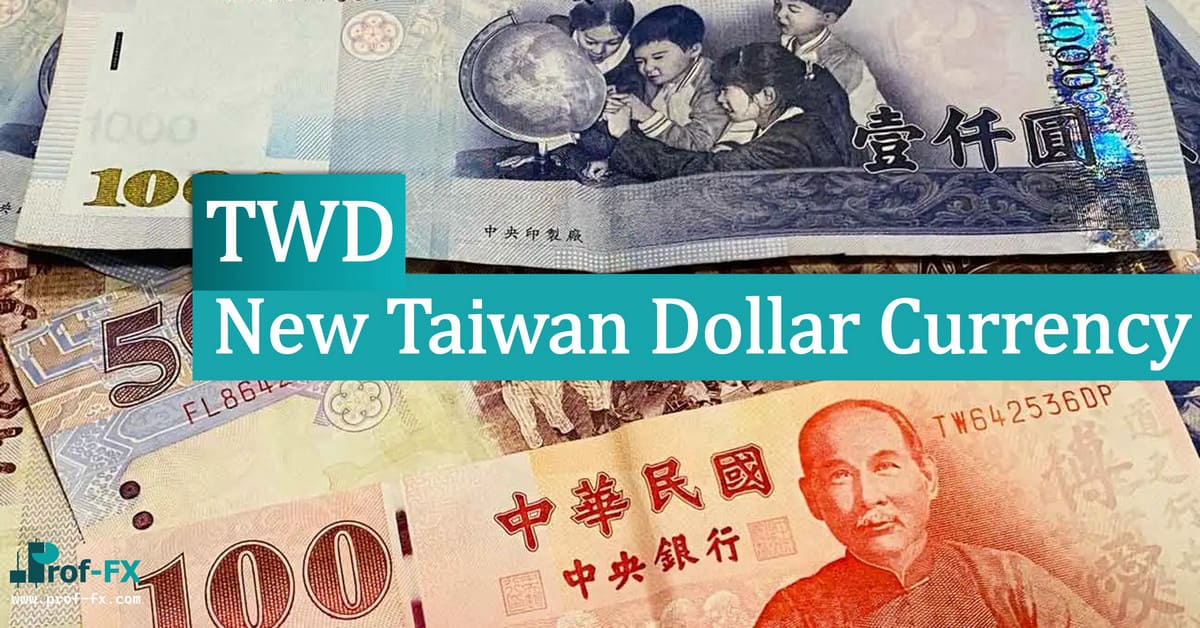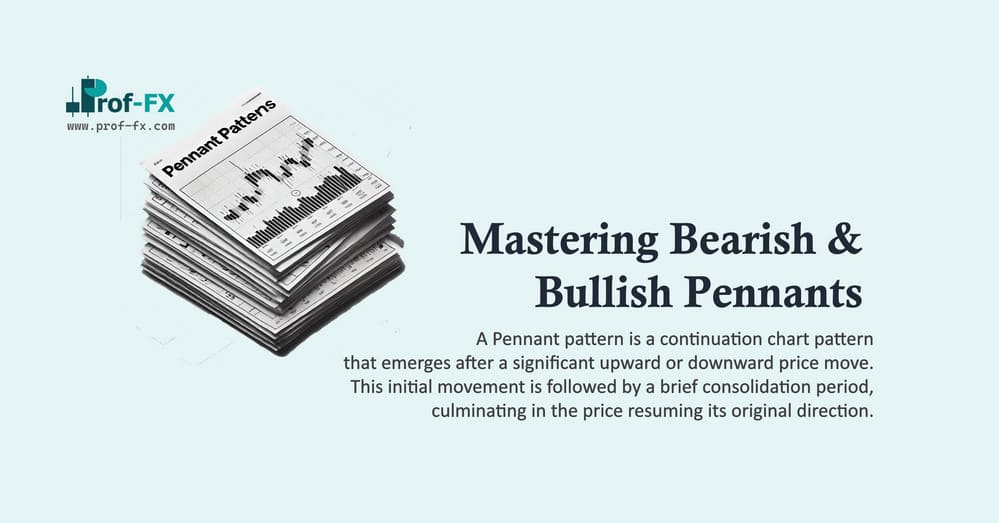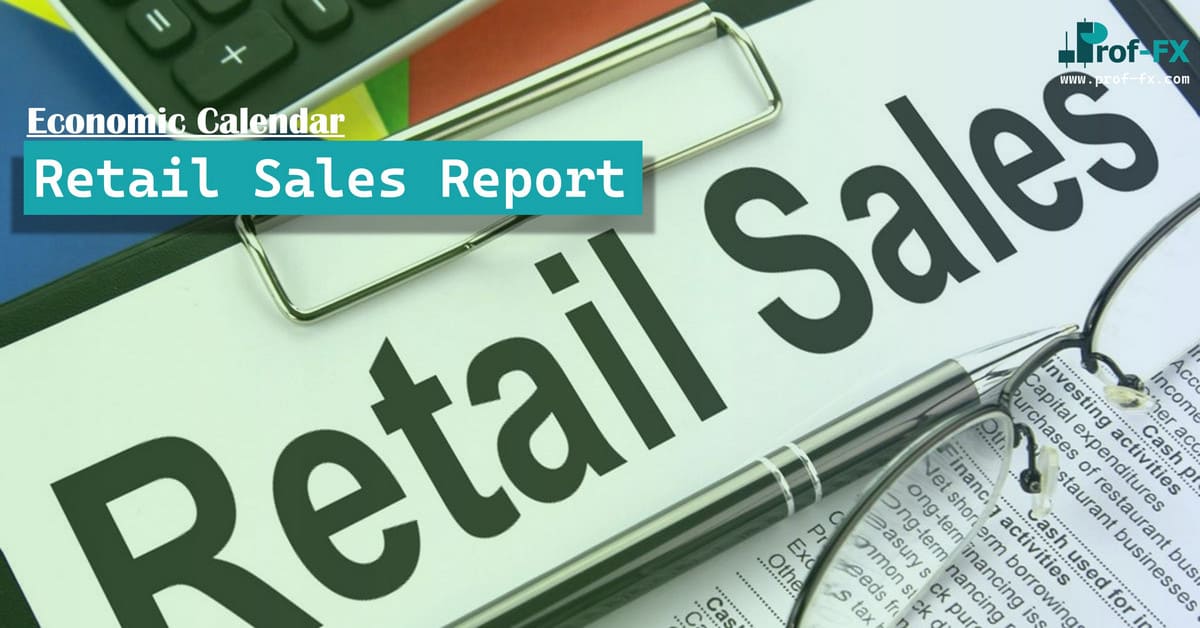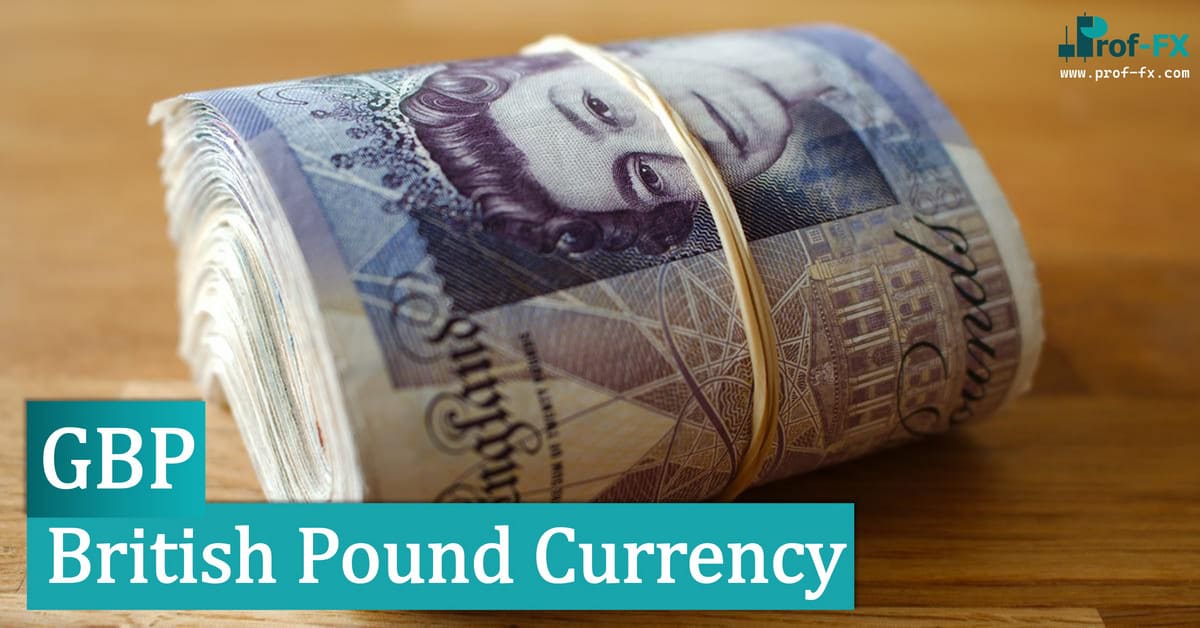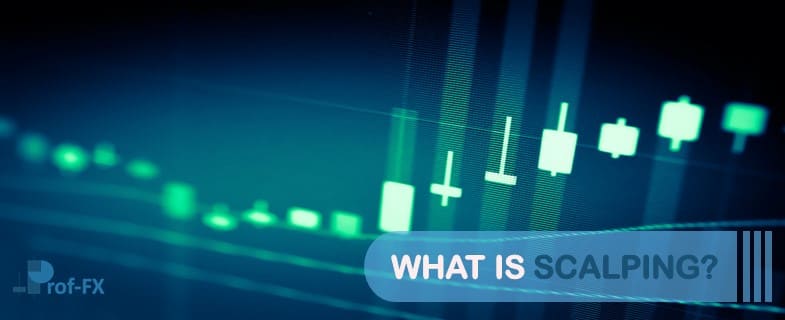Why is it important to know which investment vehicles are available for a given currency? We care because we are spending all this time and effort learning about the Forex market and what drives each currency for one specific reason: we want to make some money in this market.
Knowing whether you can invest in a currency via a futures contract, an exchange-traded fund, or a spot contract will help you decide where to put your money so that you can make it grow.
We will be addressing the following investment vehicles when we answer this question:
- Spot Forex
- Forex futures
- Exchange-traded funds (ETFs)
- Exchange-traded notes (ETNs)
- Spot Forex options
- Exchange-traded Forex options
Now that you know the important questions that you need to be asking each currency before you put your money on the line, let’s dive in and see what makes each currency tick. We’ll start with the U.S. dollar and the other currencies from the Americas and move on down the list.
You may be wondering why we have ordered the list of currencies the way we have. There is a method to our madness. First, we decided to group the currencies geographically because so many of the economic and geopolitical forces that shape one currency tend to have a knock-on effect on neighboring currencies. Second, within each geographic designation, we decided to put the currencies in an order based on the percentage of time the currency is used in a Forex transaction. Naturally, the U.S. dollar is used in an extremely high percentage of all Forex transactions, but you might be surprised to see how frequently, or infrequently as the case may be, each currency is used. Here are the numbers according to the Bank for International Settlements:
Currencies of the Americas
- U.S. dollar: 84.9 percent
- Canadian dollar: 5.3 percent
- Mexican peso: 1.3 percent
- Brazilian real: 0.7 percent
Currencies of Western Europe
- Euro: 39.1 percent
- British pound: 12.9 percent
- Swiss franc: 6.4 percent
- Swedish krona: 2.2 percent
- Norwegian krone: 1.3 percent
- Danish krone: 0.6 percent
Currencies of Asia
- Japanese yen: 19 percent
- Hong Kong dollar: 2.4 percent
- South Korean won: 1.5 percent
- Singapore dollar: 1.4 percent
- Indian rupee: 0.9 percent
- New Taiwan dollar: 0.5 percent
- Chinese renminbi: 0.3 percent
- Thai baht: 0.2 percent
Currencies of the Pacific and Africa
- Australian dollar: 7.6 percent
- New Zealand dollar: 1.6 percent
- South African rand: 0.7 percent
Currencies of Eastern Europe
- Russian ruble: 0.9 percent
- Polish zloty: 0.8 percent
- Turkish new lira: 0.7 percent
- Hungarian forint: 0.4 percent
- Czech koruna: 0.2 percent
As you can see, once you start moving away from the U.S. dollar, the percentage of time any other currency is used drops off dramatically. Keep that in mind as you are trading. Currencies that aren’t traded as much tend to be more volatile and have wider spreads—something that you will learn more about as we discuss various trading strategies later in the book. In addition, you should note that since most Forex traders focus on the most widely traded currencies, we will be providing more information about those currencies as we get to know them. In the following five chapters, we will answer each of the questions for all of the currencies listed, but we may not go into as much detail on the Czech koruna as we do on the British pound.


